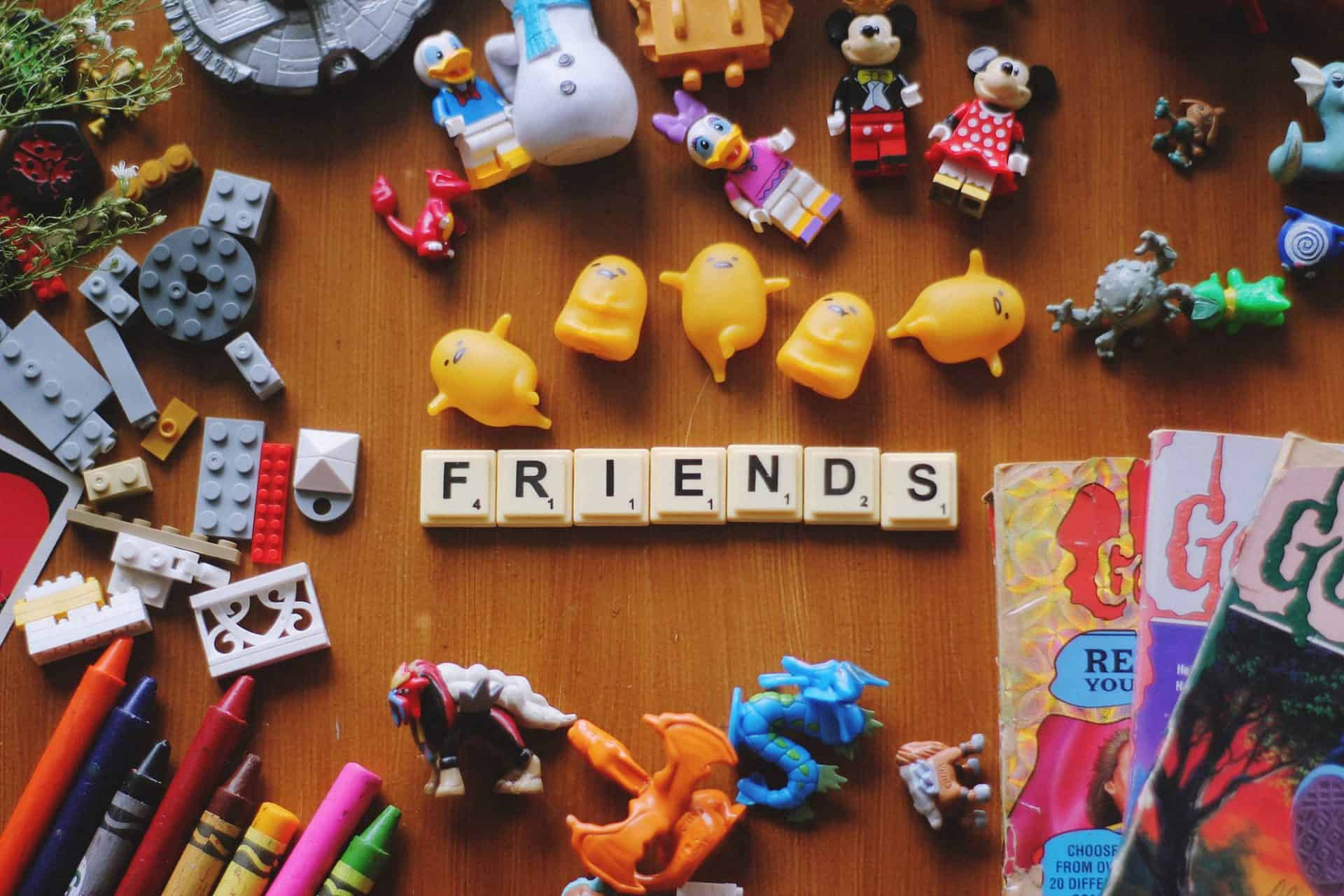
Ads help us keep this site online
It’s National Play Day, a time to celebrate the toys that defined our childhood playtime. Play is recognised by scientists the world over as crucial to healthy brain development and to teaching children how to engage and interact in the world around them.
When talking about play, it is important to distinguish between passive entertainment and active play. While passive entertainment doesn’t push the child to use their brains, active play allows children to use their creativity to develop their imagination, dexterity, and physical and cognitive skills. It’s no surprise then that the new research by Playmobil found that close to 3 in 4 saw traditional toys as best for boosting children’s creativity and imagination, while over half said they improved problem-solving skills (56%), understanding of the world (54%), as well as their fine motor skills, coordination and concentration (53%). Despite the reaction to traditional toys being overwhelming positive, over half of respondents (51%) thought that children don’t play with toys as much as they used to.
When it comes to digital toys, many Brits say they simply aren’t up to scratch, with many saying that they even teach unhealthy habits. In fact, when asked how modern toys affect children, almost half (41%) said that they only sought to distract them rather than encourage healthy and beneficial play, and more than a third that they teach addictive behaviours. 1 in 10 even suggested that they were outright bad for children. As a result, the average time a parent would let their child play with a digital toy is half that of a traditional one.
Aston spoke to Adam Moore, play expert and toymaker at Playmobil.
Photo by Hannah Rodrigo on Unsplash
